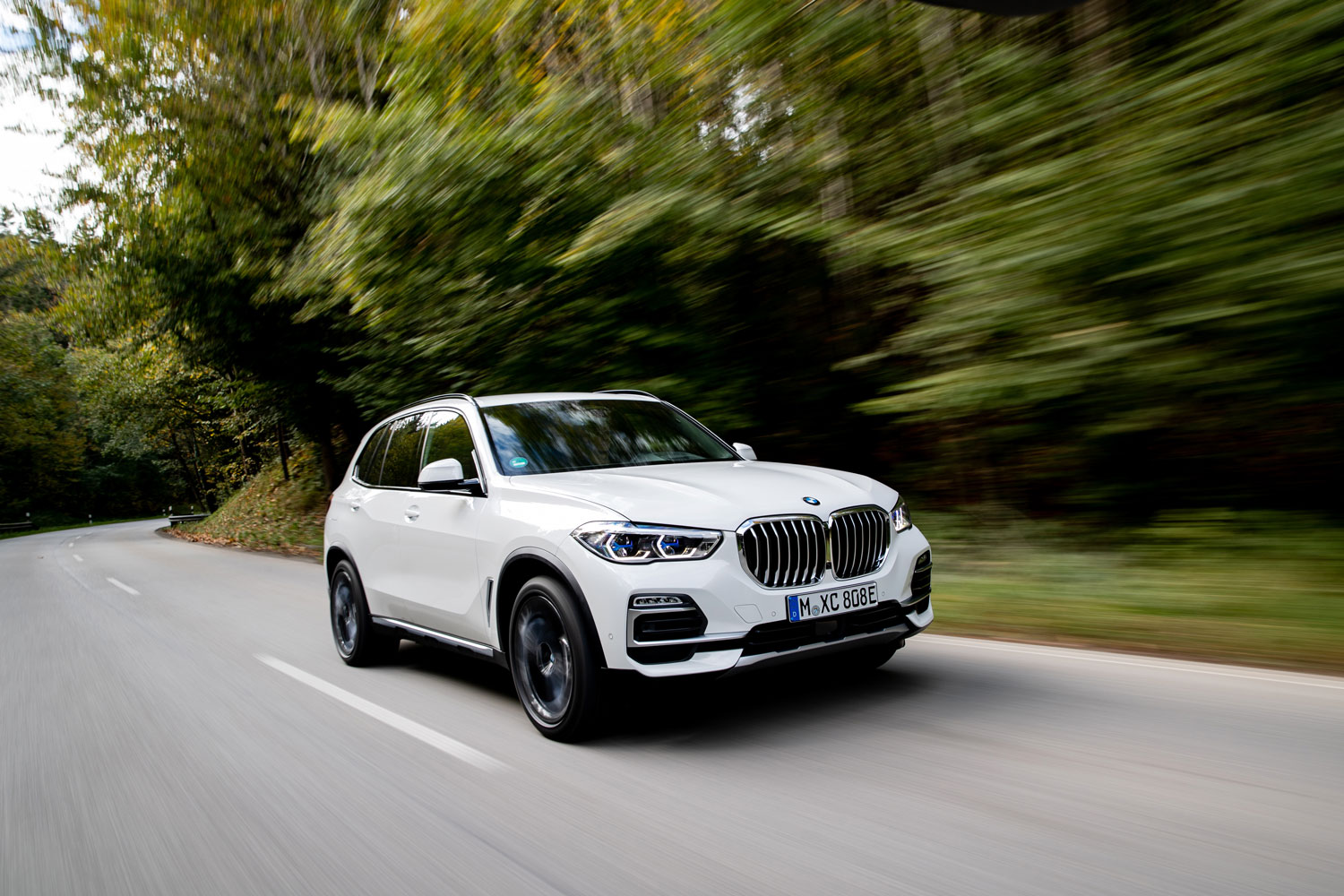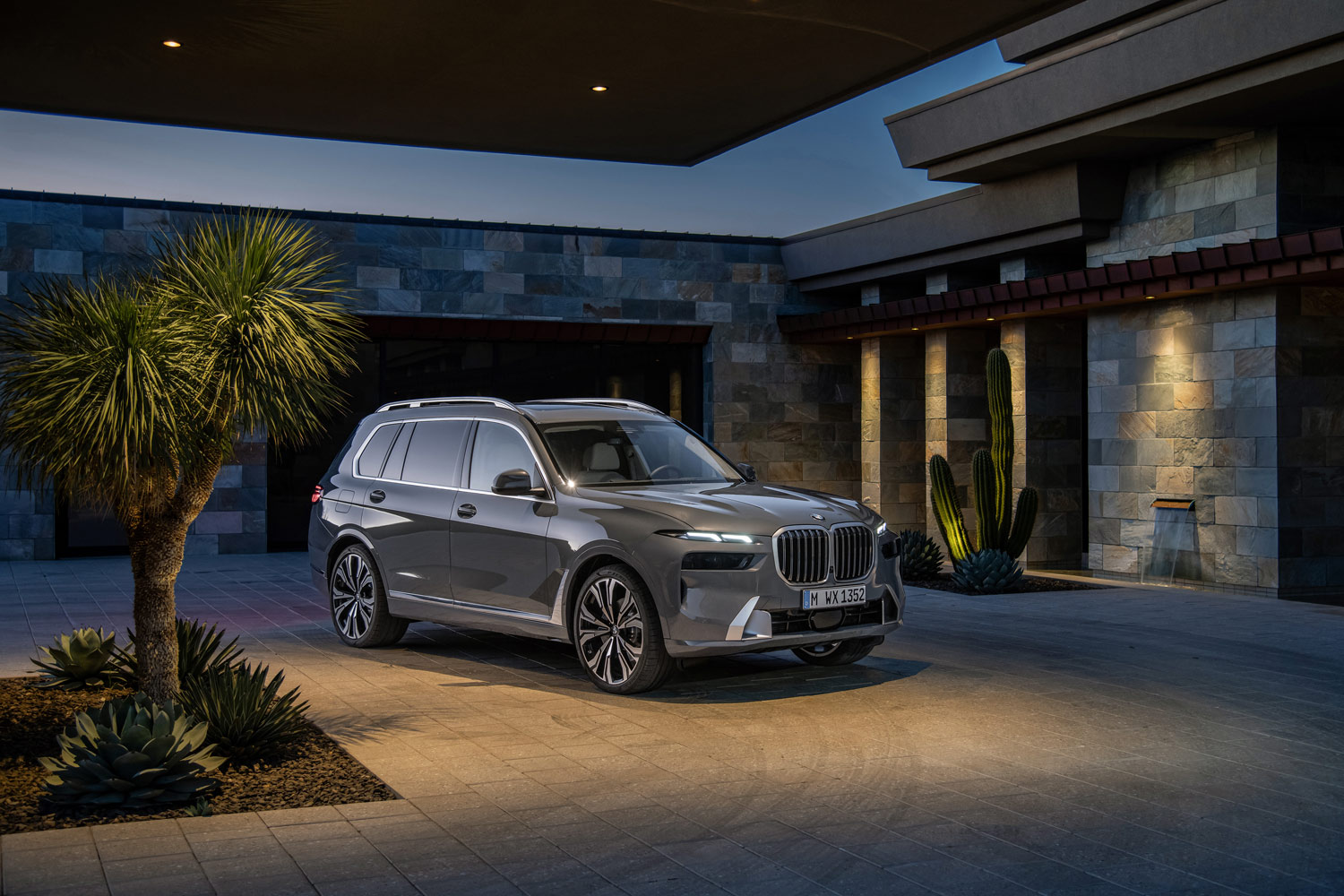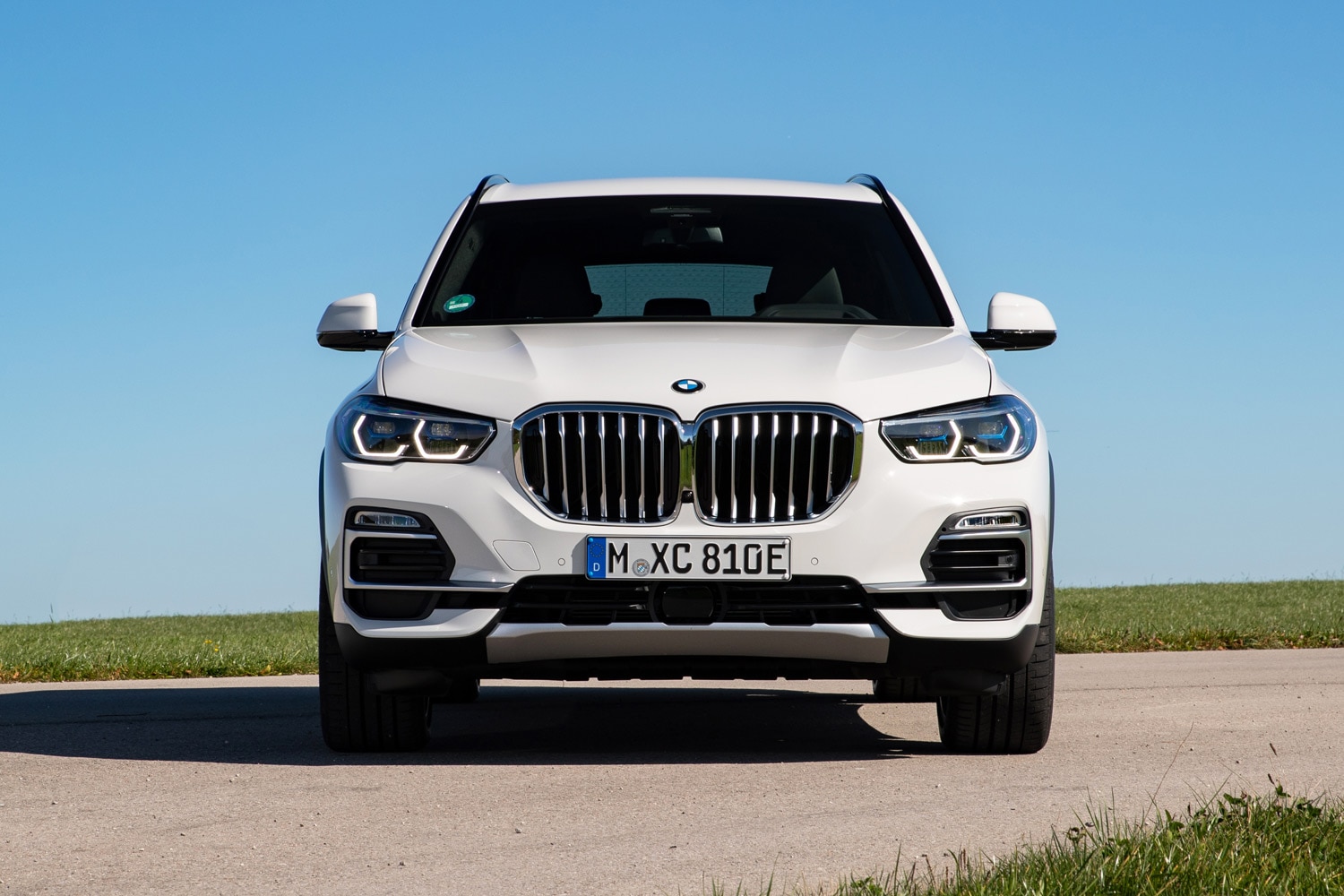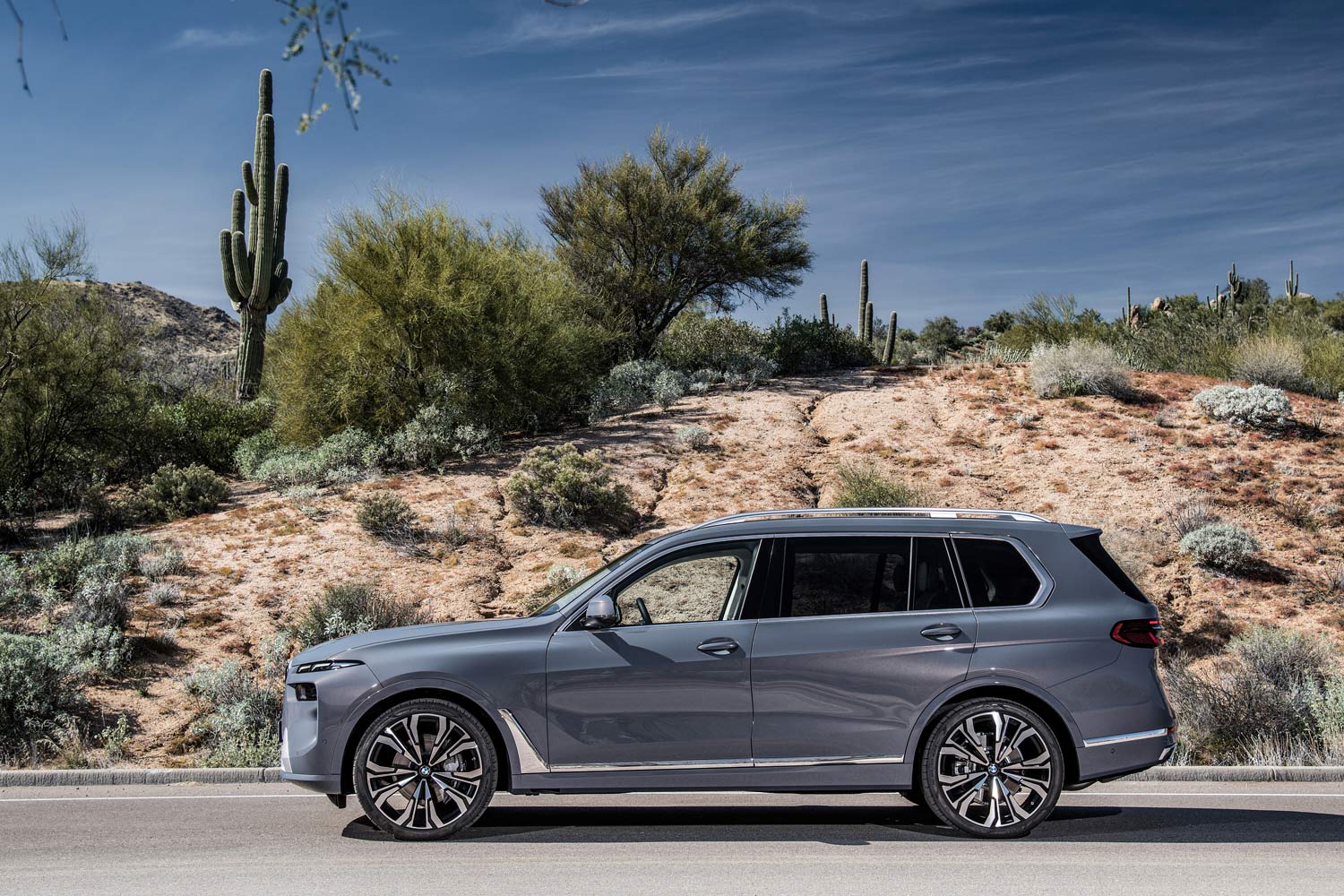Compared: 2023 BMW X5 vs. 2023 BMW X7
Medium and large square-off under BMW's SUV banner
 BMW
BMW
For years, the BMW X5 ruled the SUV roost at the German automaker, but the recent X7 model has expanded on the brand's luxury template in terms of size and opulence. Here's how the newer full-size BMW X7 compares with the well-established midsize BMW X5 in terms of price, interior, and fuel economy.
 BMW | X5
BMW | X5
The Larger X7 Demands a Higher Price Than the X5
The 2023 BMW X5 is one of the most versatile SUVs sold by the company, and as such, it's available in a wide variety of configurations. Of these, the most affordable is the rear-wheel-drive X5 sDrive40i, which starts at about $63,000, with the all-wheel drive xDrive version about $2,000 more. The plug-in hybrid xDrive45e begins at around $67,000, while the higher-performing X5 M50i ($87,000) and X5 M ($110,000) are the most expensive trims.
 BMW | X7
BMW | X7
The BMW X7 for 2023 isn't quite as varied in terms of configuration. The full-size SUV offers two trims. The xDrive40i is priced close to $79,000, and the M60i pushes its window sticker to about $104,000.
 BMW | X5
BMW | X5
Both the X5 and X7 Offer Luxe Interiors
For the most part, the BMW X5 tries to please the widest range of customers, which means its interior trim ranges from tastefully restrained to over the top — particularly in the M model, which features aggressive sport seats. The first two rows are quite comfortable, even for adult riders. Still, the claustrophobic optional third row should be reserved for children. Cargo space for the X5 checks in at 34 cu-ft behind the second row and 72 cu-ft with the second-row seats folded flat.
 BMW | X7
BMW | X7
The BMW X7 is more focused on a luxury experience and is considerably larger than its X5 sibling. There's a materials upgrade within the confines of its cabin, and the third row of seating is truly friendly to even taller adults for long-distance travel. The mammoth X7 can haul up to 90 cu-ft of luggage and just over half that amount with the second row of seats occupied.
 BMW | X5
BMW | X5
X5 Outpaces the X7 in Fuel Economy
The BMW X5's base RWD trim is outfitted with a 3.0-liter, six-cylinder engine turbocharged to provide 335 horsepower. It returns an EPA-estimated 23 mpg; adding AWD to the mix does not change this number. The M50i model's 523-hp 4.4-liter turbocharged V8 drops efficiency to 18 mpg, while the 617-hp X5 M falls to 15 mpg. The plug-in xDrive45e offers up to 389 horsepower and a manufacturer-claimed 31 miles of electric driving range with an EPA estimate of 50 MPGe.
 BMW | X7
BMW | X7
The BMW X7 xDrive40i shares its six-cylinder engine with the entry-level X5, but the extra weight of the larger vehicle drops 1 mile per gallon off its combined rating to 22 mpg. Likewise, despite the confusing nomenclature, the X7 M60i is a match for the X5 M50i under the hood but with a better fuel economy rating of 18 mpg.
All vehicle pricing includes MSRP plus destination charges (set at the time of publication) and will be rounded to the nearest thousand.
Written by humans.
Edited by humans.
 Benjamin Hunting
Benjamin HuntingBenjamin Hunting is a writer and podcast host who contributes to a number of newspapers, automotive magazines, and online publications. More than a decade into his career, he enjoys keeping the shiny side up during track days and always has one too many classic vehicle projects partially disassembled in his garage at any given time. Remember, if it's not leaking, it's probably empty.
Related articles
View more related articles